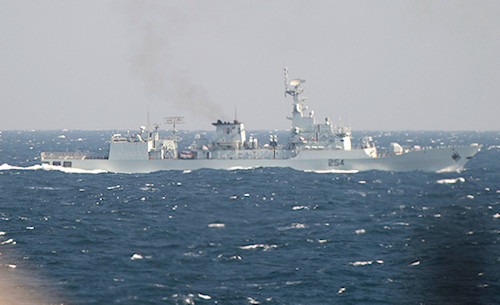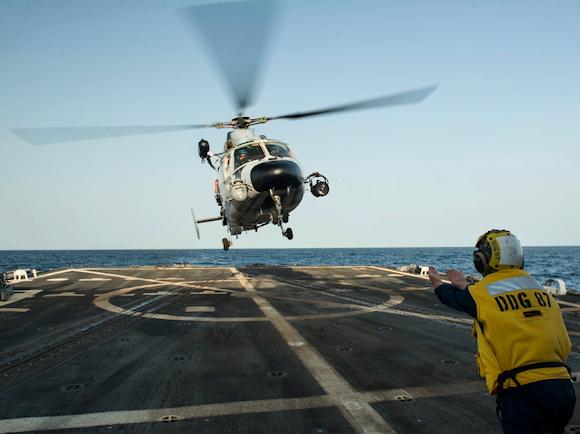Pakistan purchased the Chinese Z-2006EC helicopters in 9, an ASW variant specifically produced for the Pakistani Navy Air Force and equipped with pulse compression radar, low frequency sonar, radar warning receiver and doppler navigation system. . The Z-9EC can be armed with anti-submarine torpedoes and embarked on class frigates Zulfiquar of the Pakistani Navy.
However, the Karachi Navy has little chance of doing harm to its Indian counterpart.
The problem would mainly concern the poor maintenance capabilities of the Chinese supplier (the helicopters were produced by the Harbin Aircraft Industry), as they would not be able to repair damaged helicopters, thus compromising the operational capabilities of the anti-submarine aircraft.
It is certainly not the first time that Chinese weapons systems have been subjected to harsh criticism from Pakistani naval circles. In fact, many countries that militarily depend on low-cost supplies from Beijing complain of major deficiencies, especially from the point of view of maintenance.
ASW Z-9EC helicopters are embarked, as mentioned above, on class frigates Zulfiquar (photo), the latter designed and built jointly in the Hudong-Zhonghua shipyards in China and KS&EW Ltd. in Pakistan. These naval units carry out missions such as air defense, ban on enemy shipping and patrolling of the EEZs.

In 2009, the then Chief of Staff of the Pakistani Navy, Admiral Noman Bashir, claimed that Chinese technology was compatible with Western technology. But within a short time, the Pakistani Navy had to encounter serious problems with the helicopters.
The most serious problem was the failure of the tail rotor blade, a defect that has a direct impact on the airworthiness of the machine. Indeed. without a functioning tail rotor blade, the helicopter tends to make a sudden, uncontrolled swing which could, if not corrected, create a dangerous situation for the crew. The occurrence of such a problem on a combat mission could lead to serious consequences.
The second major problem relates to serious defects found in the main rotor blade. The life limit of these blades is 3.000 hours, but some of them should have been replaced much sooner as they are subject to severe corrosion caused by sea water.
The third serious problem would concern the state of the brake distribution valve, which caused several tire blowouts during the landing stages in the period 2018-2019.
Even with the creation of the special facility, set up at the Mehran naval base for repairs and maintenance, the problems seem far from being solved.
According to what has been learned, the Pakistani naval authorities had reported the imperfect processing of spare parts imported from China. However, it would appear that the Pakistani Navy is forced to accept the weapons systems sold by China, all in the name of "all-season" friendship.
Photo: US Navy












